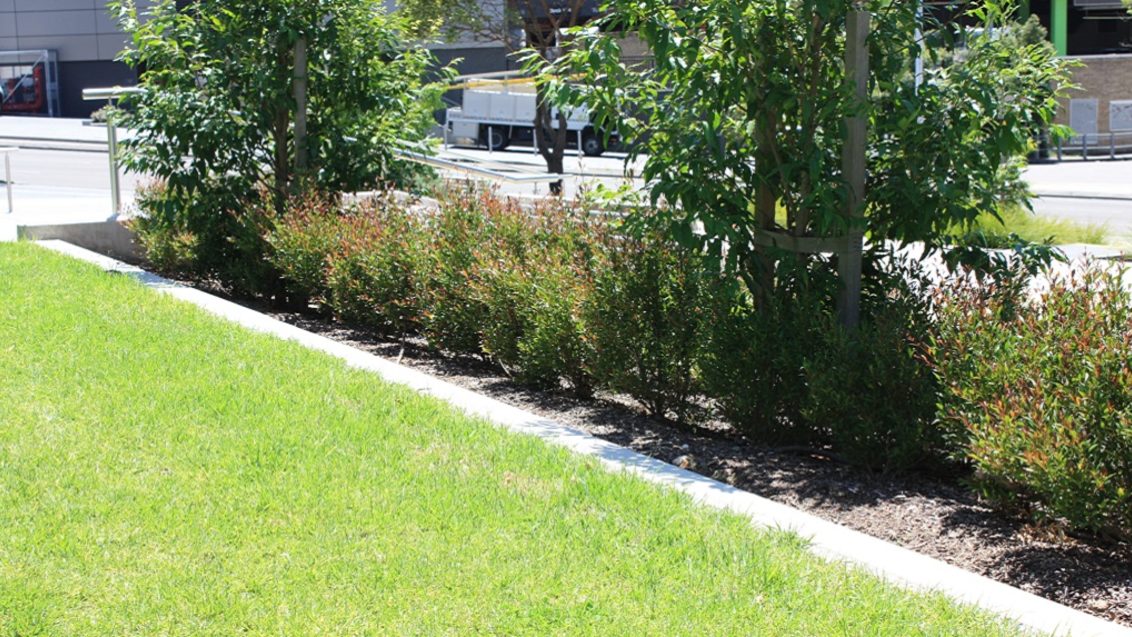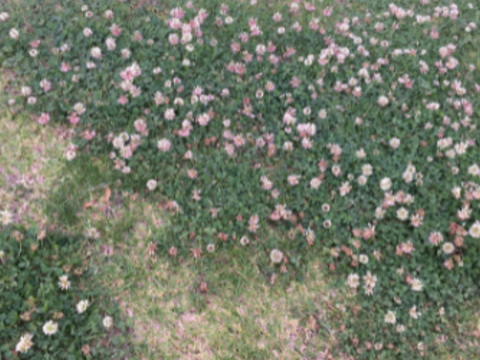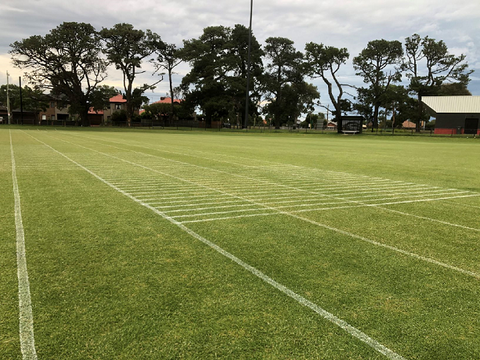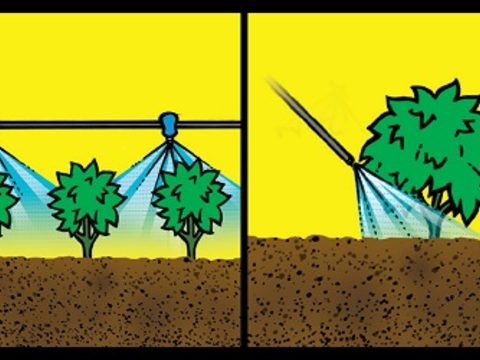Reducing labour inputs through technology

Weed control is an essential part of professional land management, especially if we want to excel at providing people with beautiful and safe green spaces to enjoy.
Local government spends millions of dollars each year to create appealing spaces for communities. These can be ruined, though, by weed-infested gardens and landscapes, putting a dampener on celebrations, public events, sporting matches and – in worst case scenarios – creating wastelands that the public avoid. On the flip side, well-managed landscapes are a haven for community activity. By doing all we can to enhance these spaces, we can play a significant role in enhancing the health of the local population.
Science shows the most effective method for dealing with weeds is prevention – but this isn’t always what happens on the ground-level. Currently, non-selective, post-emergent herbicides dominate management processes, especially the use of glyphosate: an active ingredient that controls all weeds and some grasses in one pass. The problem this poses is that once a weed has entered an area and established itself, greater resources are required to control its spread and reduce its impact. If a post-emergent herbicide is used, another application is often required to get on top of the infestation once the weeds germinate again. This usually involves manual labour such as hand weeding – a time-consuming process which adds further expense to an already costly solution.
Risking further outbreak, though, can be even more disastrous. Excess weeds cause significant problems for turf and garden beds. If left uncontrolled, they out-compete desired species for nutrients, light and water, leaving behind thin and unthrifty turf. Some weeds even pose a threat to public safety, such as the Common White Clover which attracts bees (a potential danger for kids), or the Common Bindii with its spike-like seeds that can cause cuts and stings.
A better approach to weed management
An innovative solution is needed – one that effectively deals with weeds, while also reducing the associated costs. This is where pre-emergent herbicides like Syngenta’s BARRICADE come into play.
Unlike post-emergent herbicides which deal with the problem after it occurs, pre-emergent products control weeds before they establish themselves, saving professionals both time and money. When BARRICADE is applied to turf or garden surfaces, the number of annual weeds is effectively reduced, which in turn lessens the need to re-apply after the initial treatment. This effect is amplified by the impact BARRICADE has on a weed’s seed bank, culling the number of seeds that will attempt to germinate in future years. Essentially, BARRICADE can be applied once per season, rather than post-emergent applications which tend to be applied monthly. This saves you a significant amount of time, labour and expense – without compromising on the quality of your greenspace.
By combining control effectiveness with reduced applications, post-emergent products like Syngenta’s BARRICADE help improve weed control practices, delivering both reliable results and cost-savings. And it’s not just land management professionals who stand to gain; local Australian communities also reap the benefits, with beautiful, safe green spaces, gardens and sports fields they deserve.
Example of summer weed control program
BARRICADE provides a pre-emergent tool that can reduce the reliance on post-emergent sprays such as Glyphosate, or other post emergent herbicides, when used in combination. For example in a garden bed, Glyphosate would typically be used to reduce weeds and could then be followed with an application of BARRICADE that would significantly reduce the amount of weeds germinating. Depending on the situation control is around 90%+. The BARRICADE application significantly reduces the need to return to the site on a monthly basis to conduct another application of glyphosate. This program will reduce the number of post-emergent weed sprays to the area, reducing the need to use post-emergent herbicides such as Glyphosate. Weed species and environmental conditions will dictate the amount of sprays required. Below is a guide to what could be expected when engaging a pre-and post-emergent weed control program in garden beds. Importantly BARRICADE will provide up to 6 months pre-emergent control of annual summer weeds. Always read the label for full details before use.





